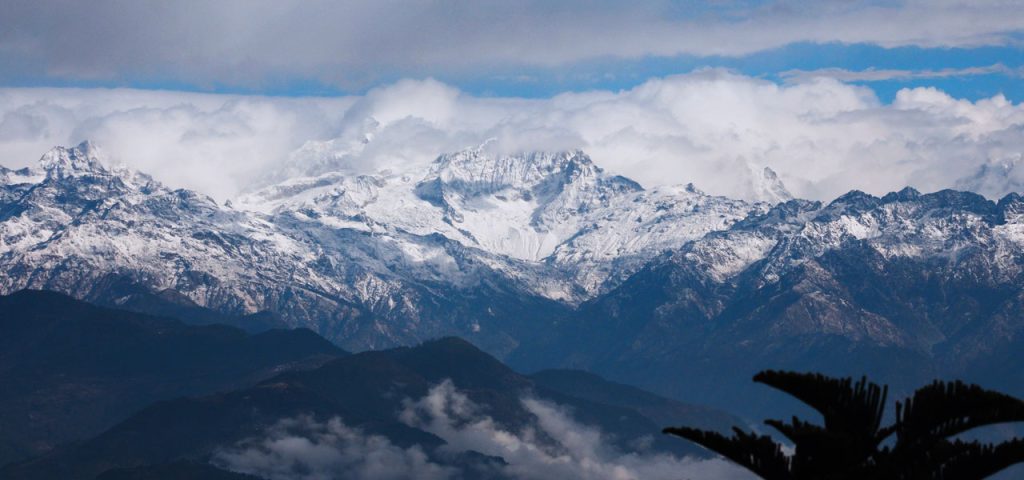Nepal, officially known according to its Interim Constitution as the State of Nepal is a landlocked Himalayan country in South Asia that overlaps with East Asia, bordered by Tibet to the north and by India to the south, east and west. For a small territory, the Nepali landscape is uncommonly diverse, ranging from the humid Terai in the south to the lofty Himalayas in the north. Nepal boasts eight of the world’s top ten highest mountains, including Mount Everest on the border with China. Nepal has been made famous for its tourism, trekking, hiking, camping, mountain biking, national wildlife parks, jungle safaris, river rafting, sport fishing, and its many beautiful temples and places of worship. Kathmandu is the capital and largest city. The other main cities include Pokhara, Biratnagar, Lalitpur (Patan), Bhaktapur, Birendranagar, Bharatpur, Siddhartanagar (Bhairahawa), Birgunj, Janakpur, Nepalgunj, Hetauda, Dharan and Mahendranagar. The origin of the name Nepal is derived from the Nepal Bhasa, which is the language of Newars and has its origin to the fact that Kathmandu Valley used to be called Nepa, the term that is still used by Newars.

After a long and rich history, during which the region splintered and coalesced under a variety of absolute rulers, Nepal became a constitutional monarchy in 1990. However, the monarchy retained many important and ill-defined powers. This arrangement was marked by increasing instability, both in the parliament and, since 1996, in large swathes of the country that have been fought over by Maoist insurgents. The Maoists, alienated from mainstream political parties, went underground and started a guerrilla war against both monarchy and mainstream political parties. They have sought to overthrow feudal institutions, including the monarchy, and establish a Maoist state. This led to the Nepalese Civil War in which more than 15,000 people have died. On the pretext of quashing the insurgents, the king closed down the parliament and sacked the elected prime minister Sher Bahadur Deuba of Nepali Congress (Democratic) in 2002 and started ruling through prime ministers appointed by him. He then unilaterally declared a state of emergency early in 2005, and assumed all executive powers. Following the 2006 democracy movement, the king agreed to relinquish the sovereign power back to the people and reinstated the dissolved House of Representatives on April 24, 2006. Using its newly acquired sovereign authority, on May 18, 2006, the newly resumed House of Representatives unanimously passed a motion to curtail the power of the king and declared Nepal a secular state. As of September, 2006, a complete rewrite of the country’s constitution was still expected to happen in the near future.